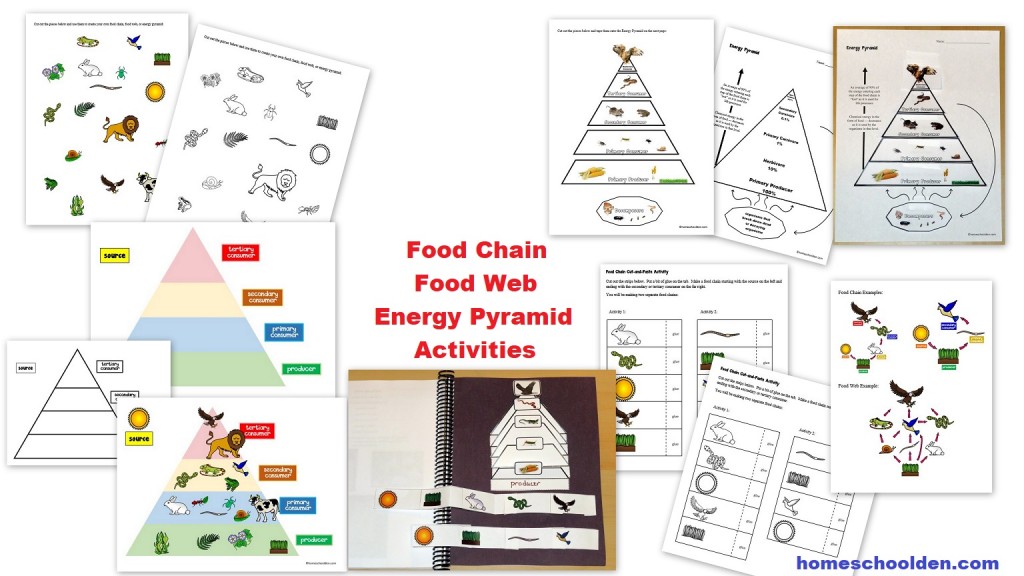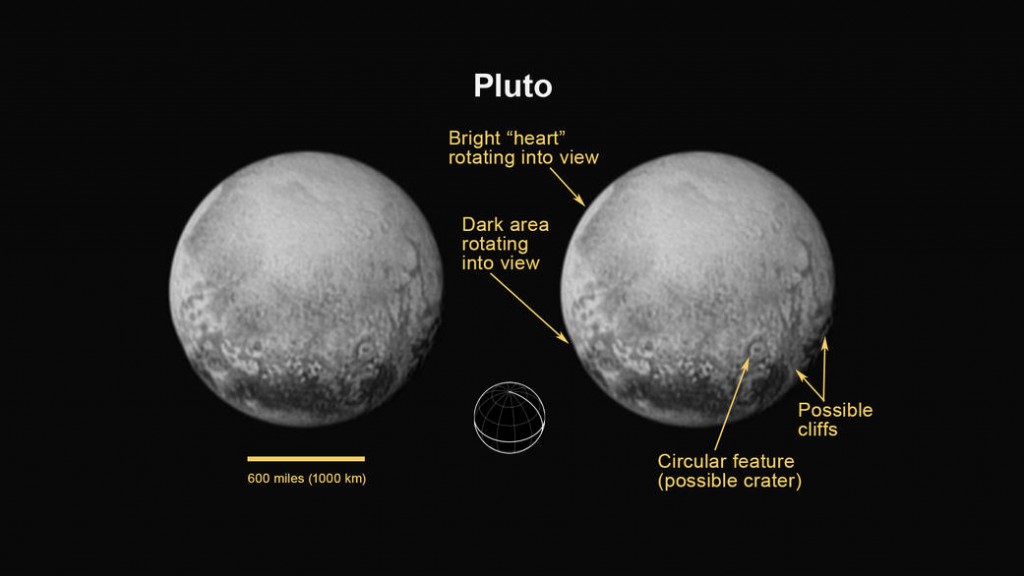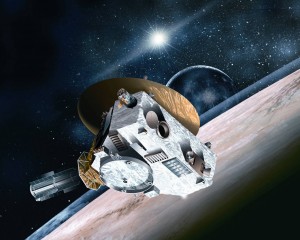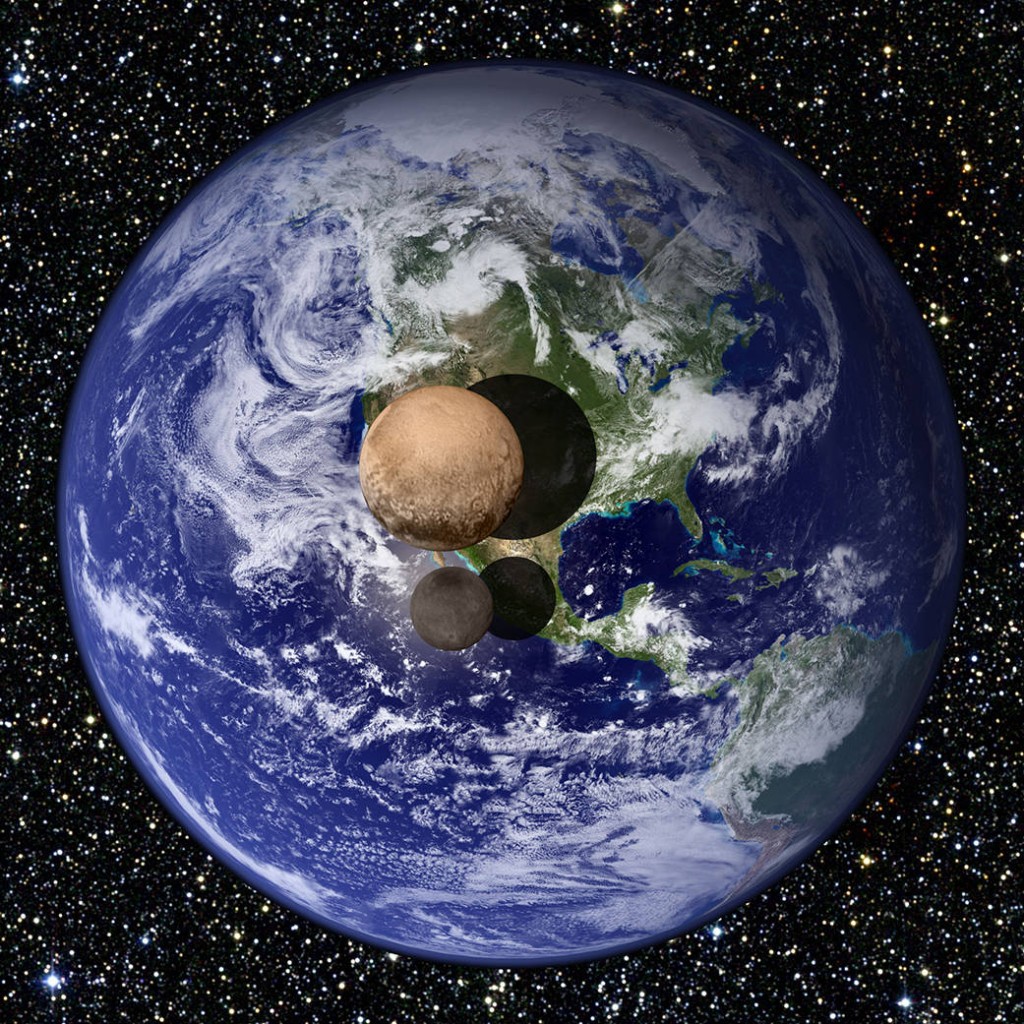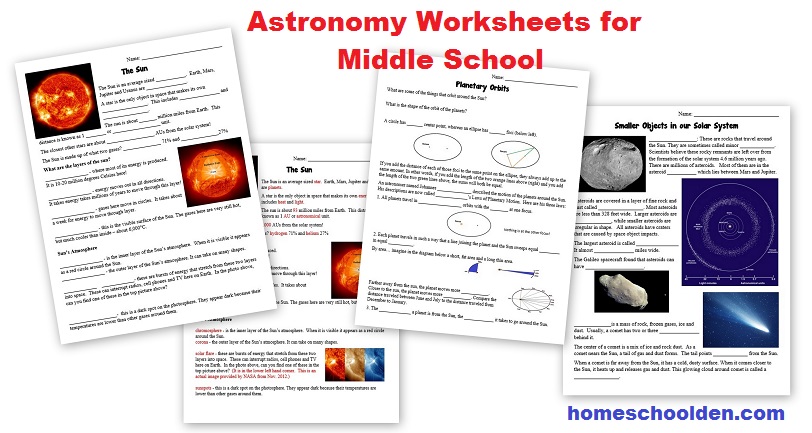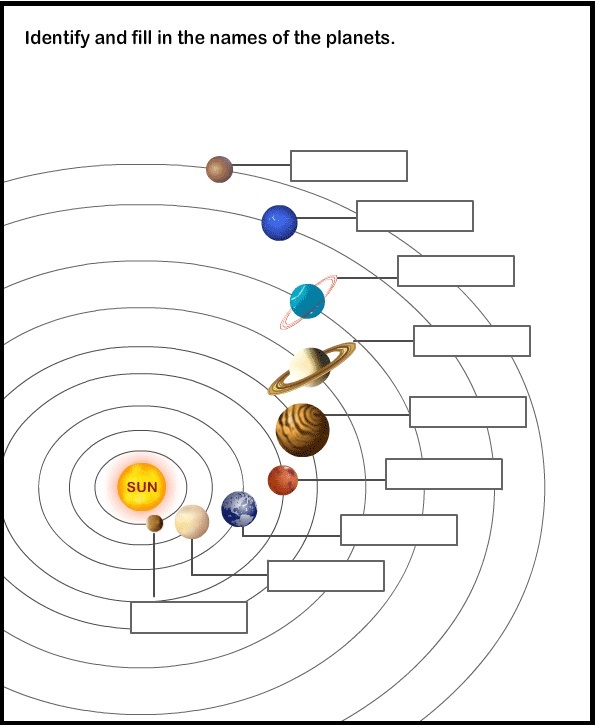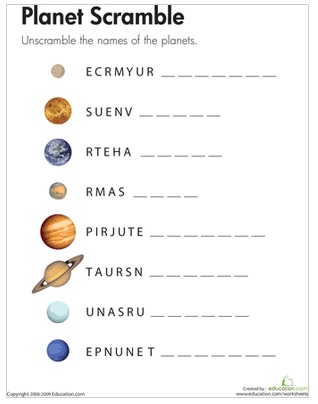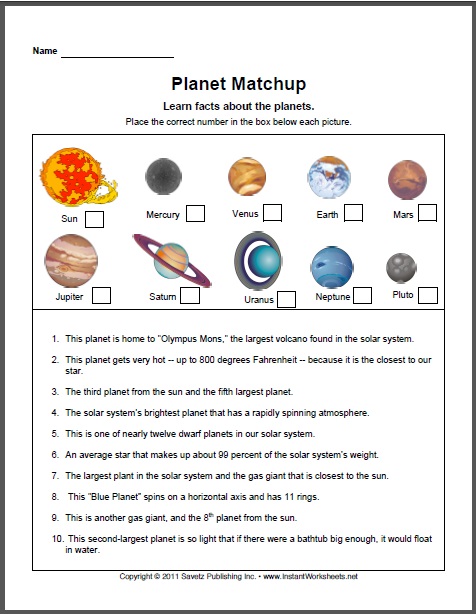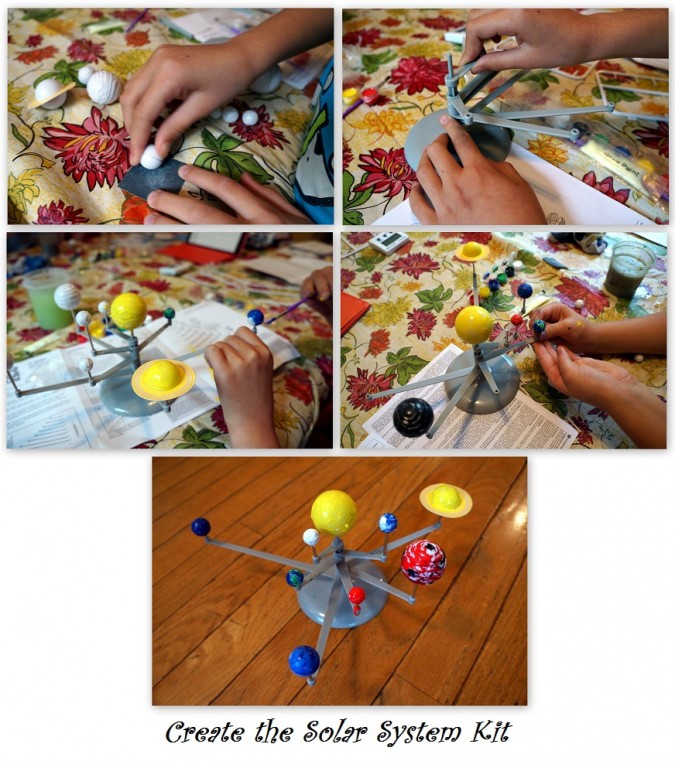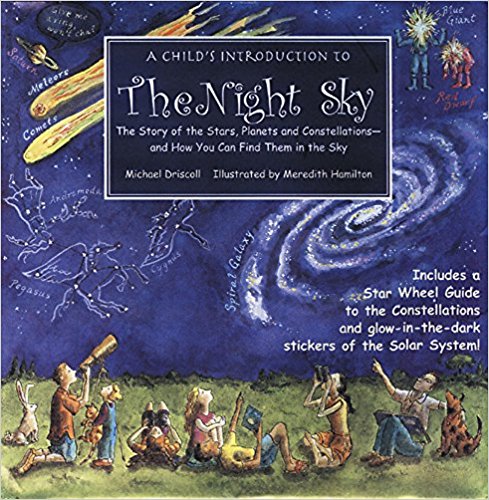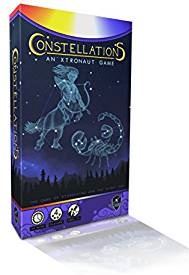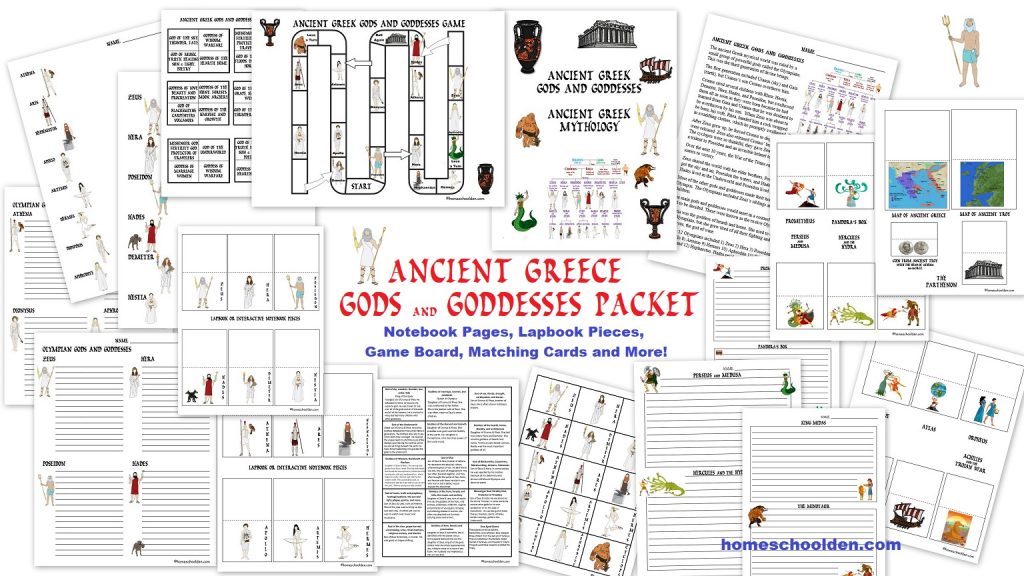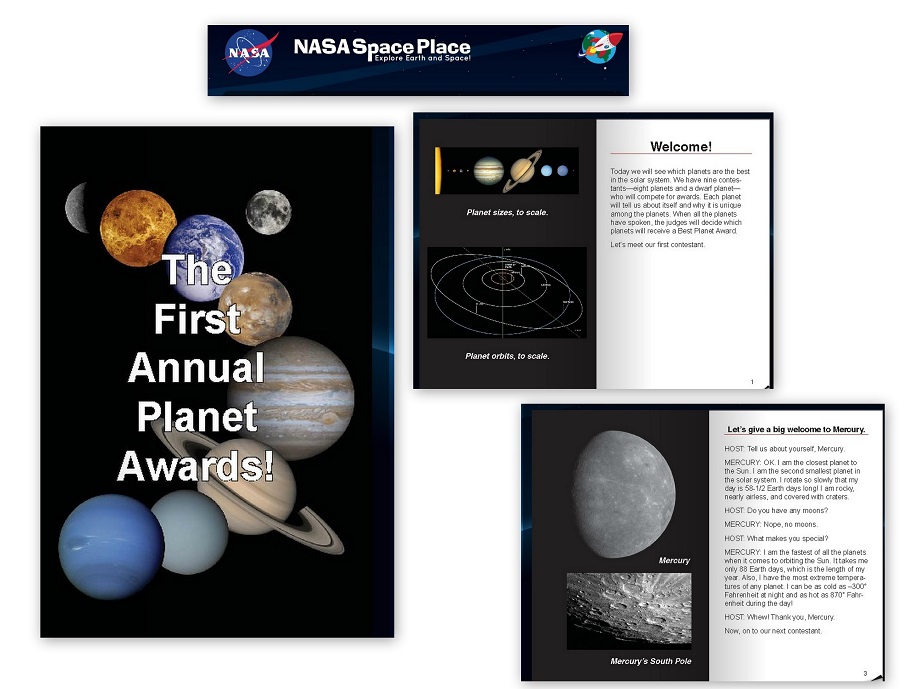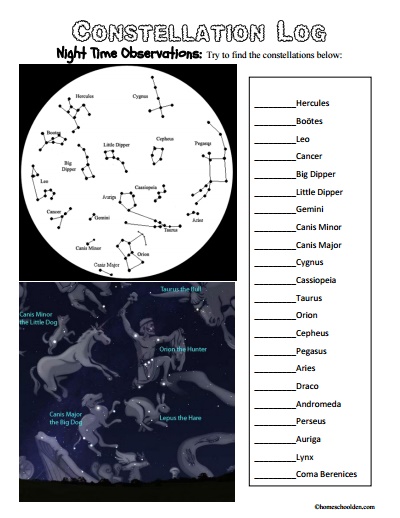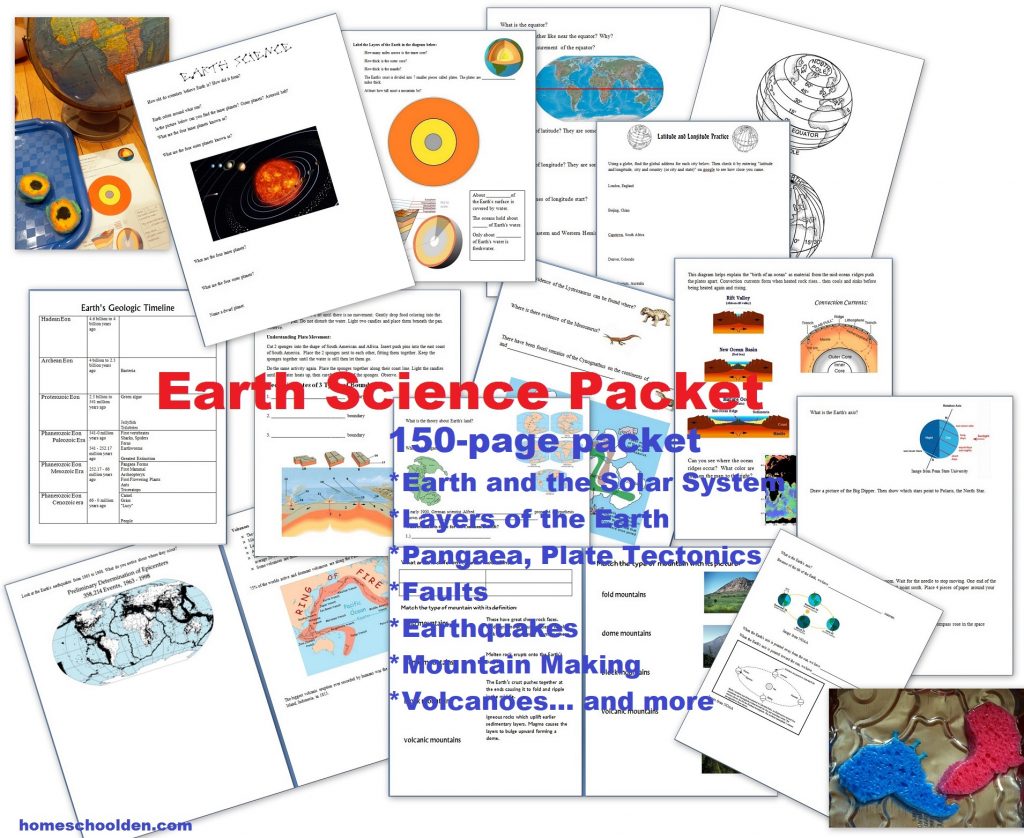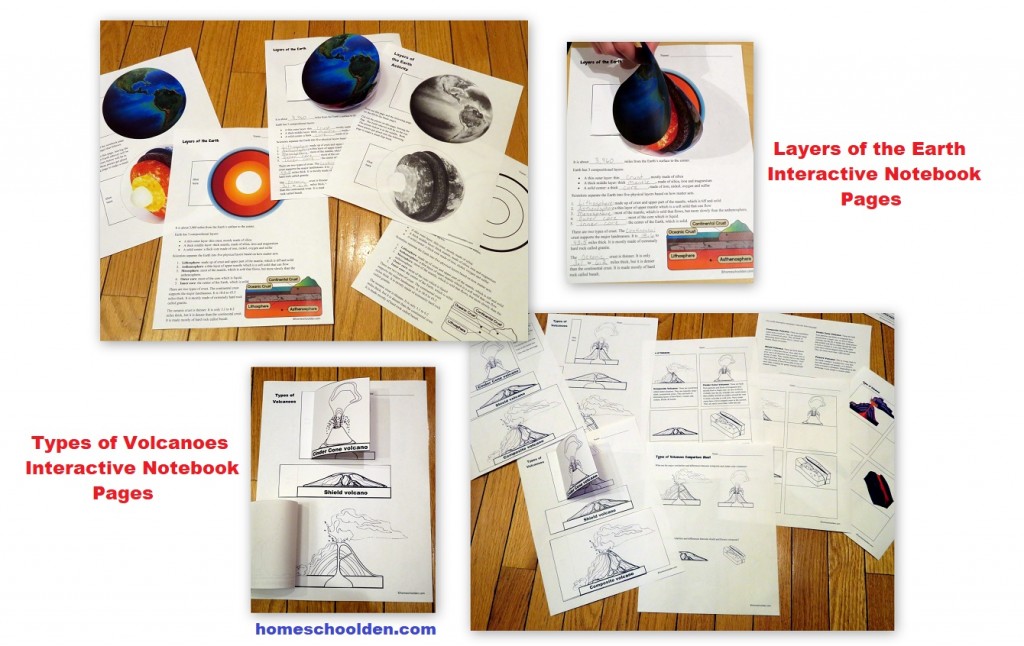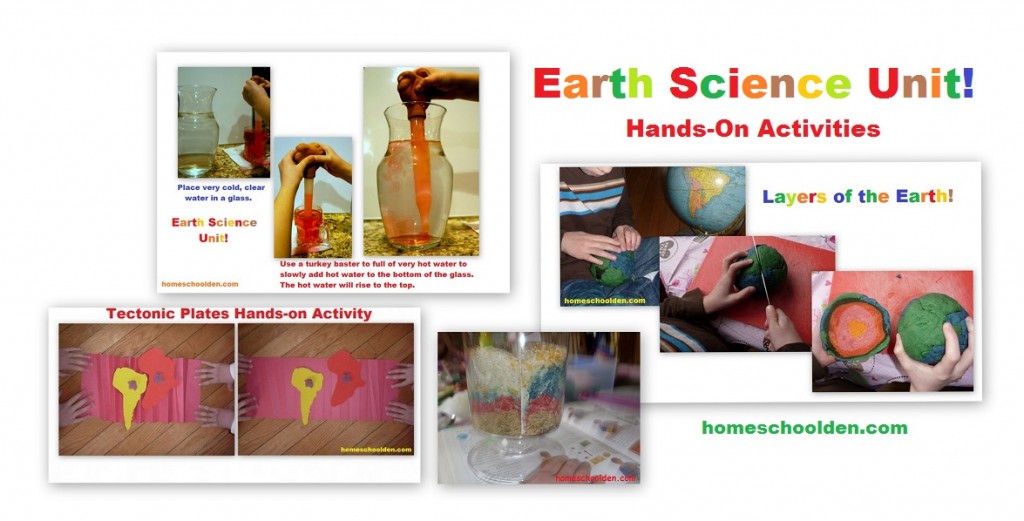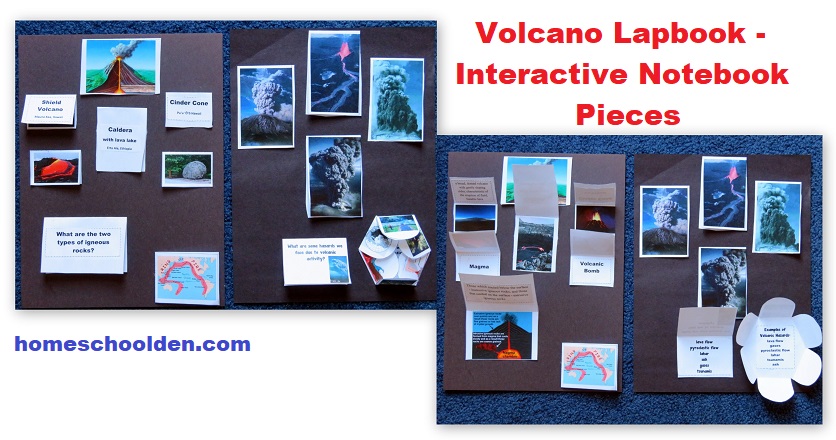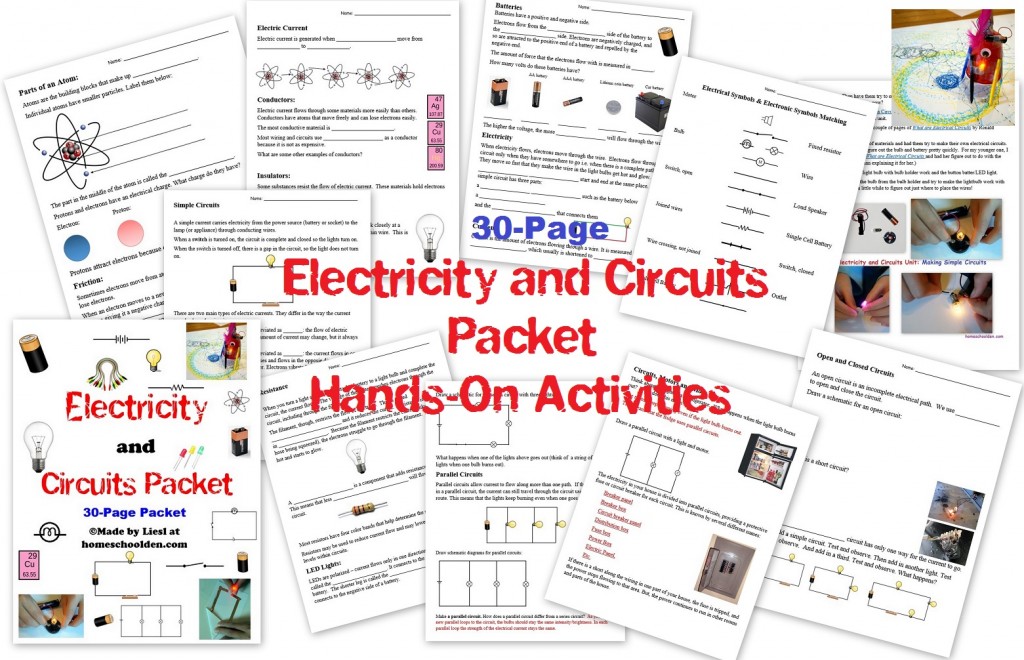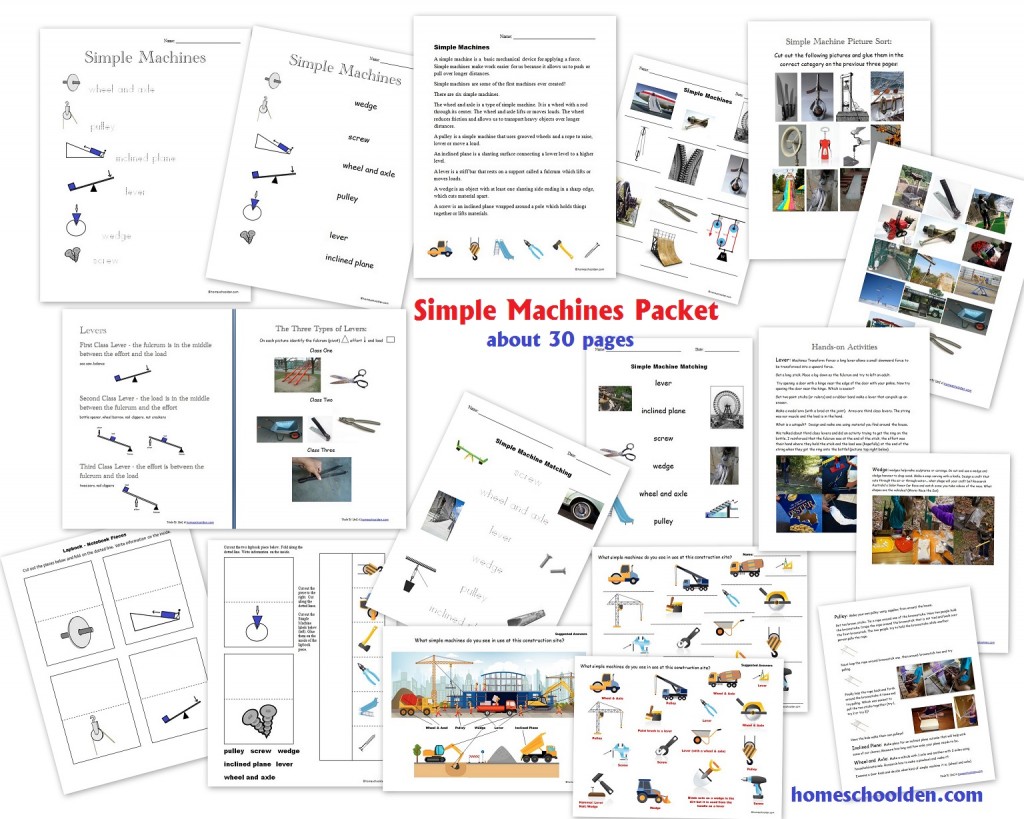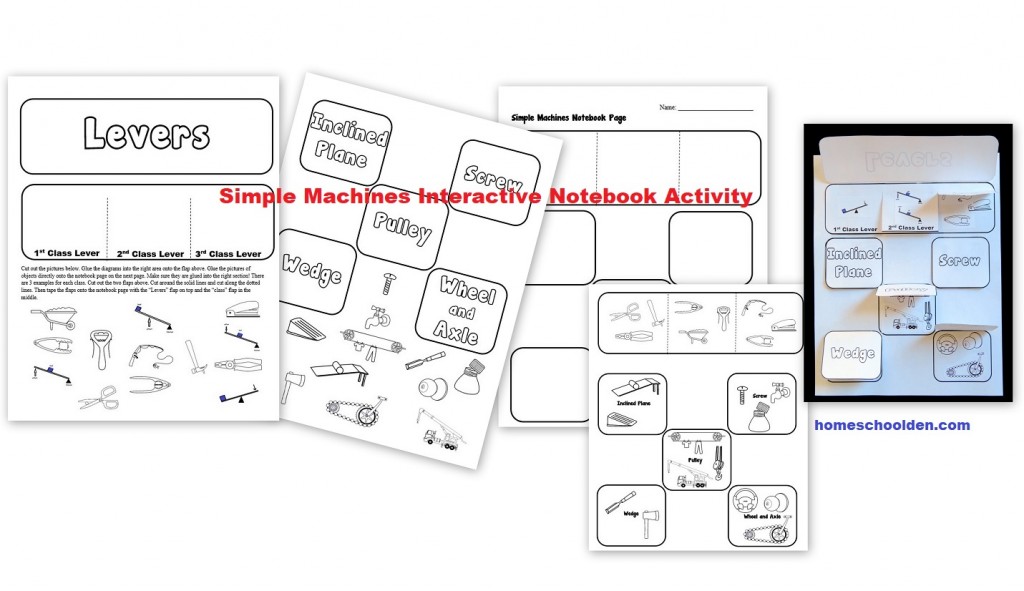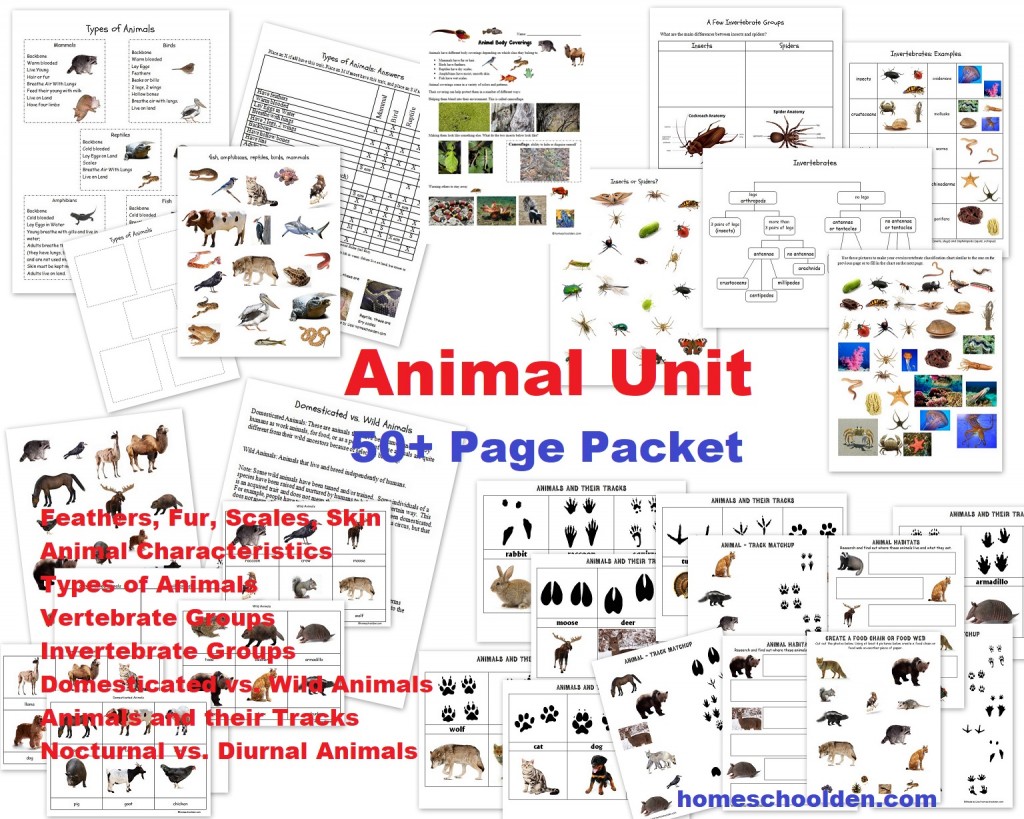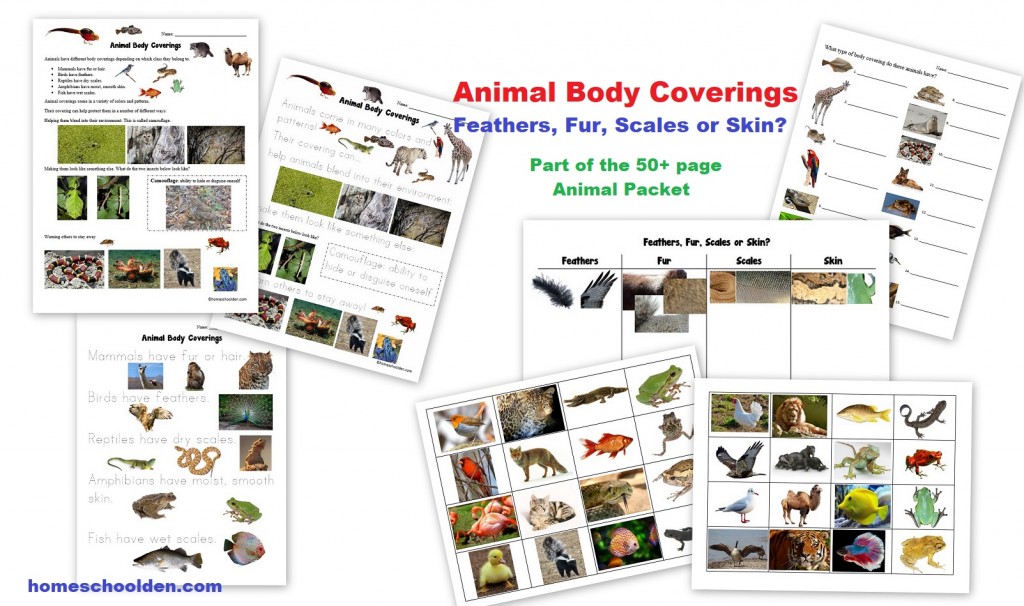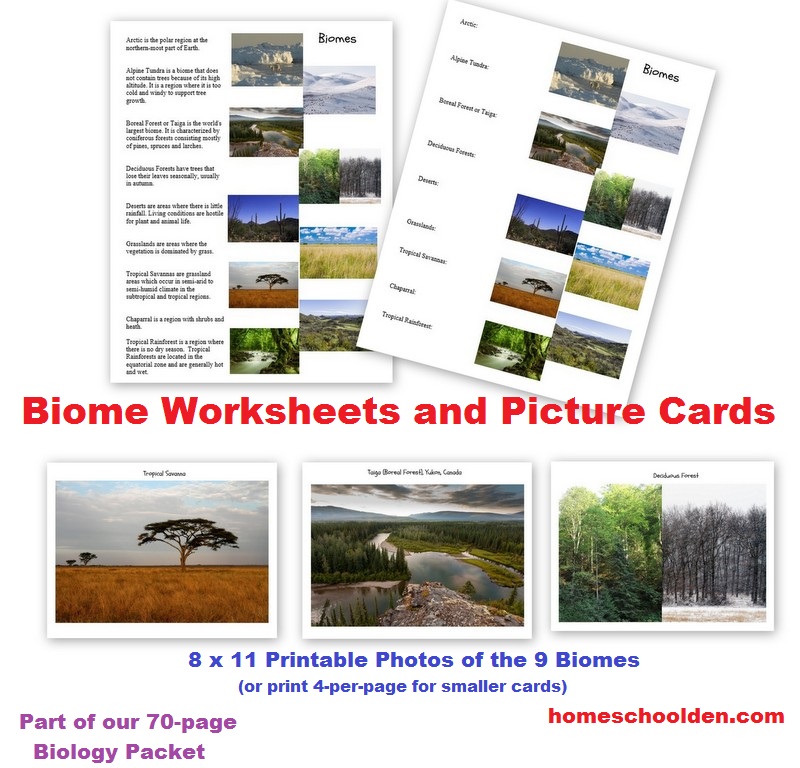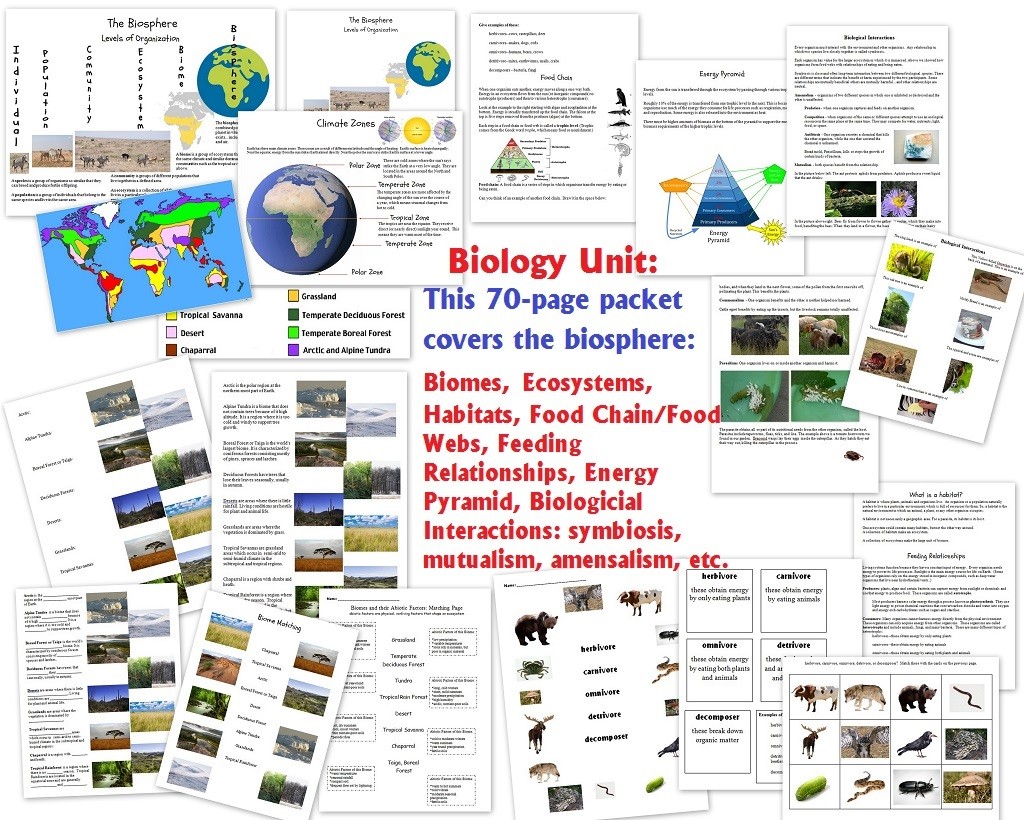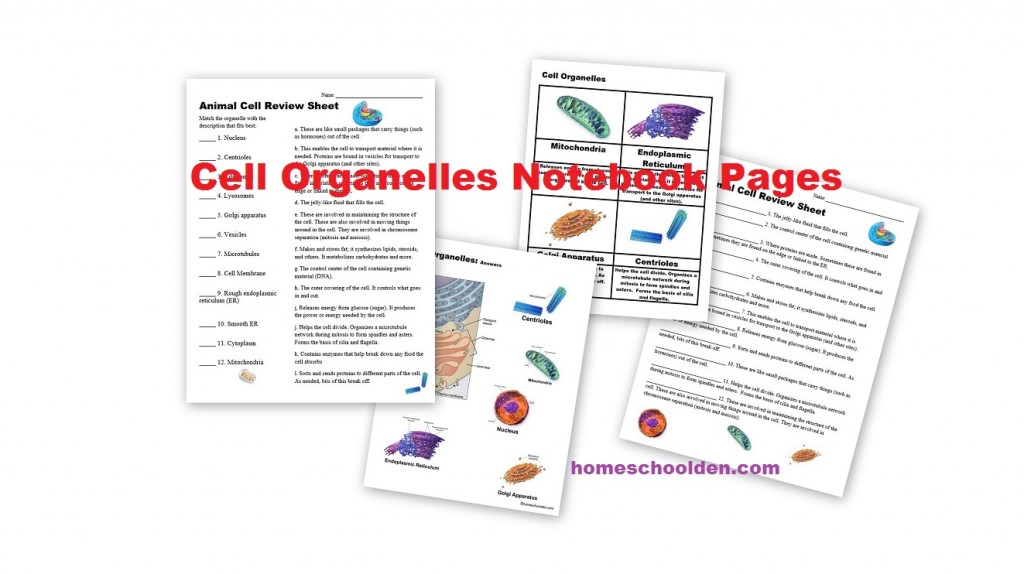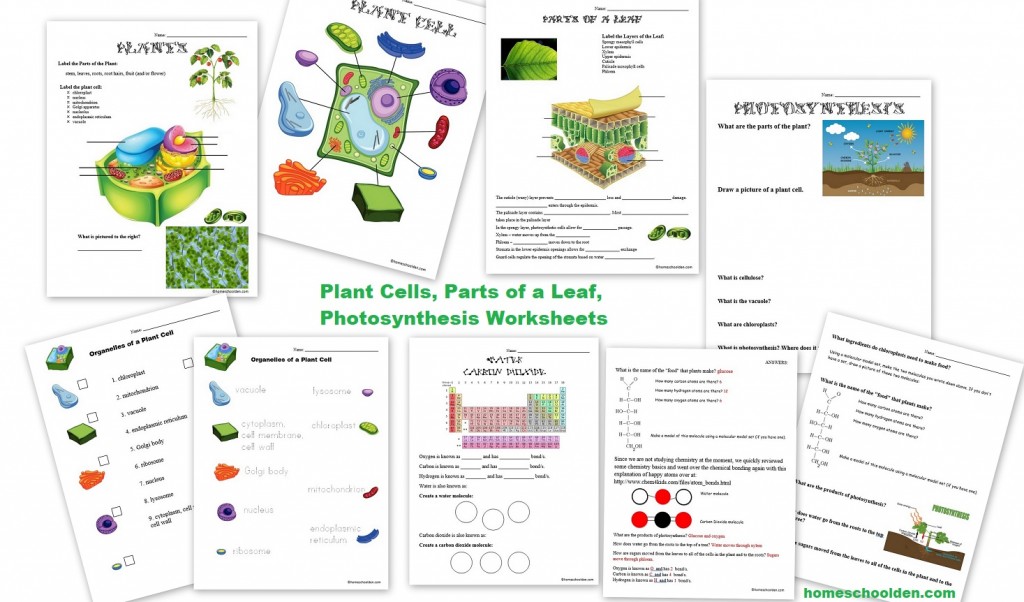Pluto – Fascinating Facts to Share with the Kids!!
We are all pretty excited about the fly-by of Pluto. We get pretty excited about space and science over here and I thought I’d share a few of the really cool things we’ve learned.
On Tuesday (July 14), the US spacecraft, New Horizons, will fly by Pluto. It will come closest on Tuesday morning — at 7:49 a.m. EDT. The fly-by will last for just 8 to 10 hours. It will be about 6,200 miles (9,978 km) from the surface of Pluto. The spacecraft was launched in January 2006 and traveled 3.6 billion miles to get there!
The latest images from a couple of days ago (July 11, 2015), show what may be cliffs and other features. Pretty neat! (Picture courtesy of NASA)
Here are some drawings of what the New Horizons spacecraft would look like as it flies by. New Horizons is about the size of a grand piano.
Artist conception of New Horizons Spacecraft.
Credits: Johns Hopkins University Applied Physics Laboratory/Southwest Research Institute
Pluto was first seen with the use of a telescope in 1930. Did you know that an 11 year old girl actually named it? The kids might enjoy this interview with Venetia Burney Phair who named the planet 76 years ago! This is an excerpt from the interview:
Venetia, can you tell us a little bit about the circumstances that happened in 1930 that brought you to suggest the name of Pluto?
Yes, I don’t quite know why I suggested it. I think it was on March the 14th, 1930 and I was having breakfast with my mother and my grandfather. And my grandfather read out at breakfast the great news and said he wondered what it would be called. And for some reason, I after a short pause, said, “Why not call it Pluto?” I did know, I was fairly familiar with Greek and Roman legends from various children’s books that I had read, and of course I did know about the solar system and the names the other planets have. And so I suppose I just thought that this was a name that hadn’t been used. And there it was. The rest was entirely my grandfather’s work.
And he suggested the name to the astronomer Herbert Hall Turner, who then in turn cabled the idea to the American astronomers at the Lowell Observatory. Is that correct?
That is correct, yes.
If you are taking advantage of this fascinating news to study the planets, NASA has a number of free pdf infographics and printables about Pluto. That includes Pluto and New Horizons by the numbers:
CNN put together this list of 12 Things to Know about Pluto including the fact that Pluto is about the size of the United States (see the new photo image below shared today. It’s so cool watching new information unfold!)… and Pluto doesn’t have much gravity. In fact, someone who weighs 100 pounds on Earth would weigh just 7 pounds on Pluto!
Today… (July 13th)… NASA.gov shared this new image based on recent measurements obtained by New Horizons. That really helps explain why Pluto is classified as a dwarf planet, doesn’t it?
Image Courtesy of NASA.gov
Free Worksheets on the Planets of the Solar System & Astronomy:
These are free here on our blog. 🙂
Free Planets of the Solar System Packet

Astronomy Worksheets – This packet is more appropriate for upper elementary or middle school students.
Free Worksheets on the Planets:
And, if you want to do some things on planets in general here are some free worksheets about the planets that are available out on the web:
Solar System Fill in the Blank Page (from cookie.com)
Planet Scramble from education.com
Planet Matchup from instantworksheets.com
One year, the kids built a model Solar System from kits that a friend of mine recommended: We got a hands-on kit called the 4M Solar System Planetarium (affiliate link) (which was $9.99 from Amazon in Sept. 2017).
You can read more about that in this post: Learning about the Solar System.
 Constellations:
Constellations:
If you plan to go into detail about the constellations, your kids might enjoy this book (for ages 4-8), but my kids enjoyed (ages 8, 10, 12): Constellations, A Field Guide for Young Stargazers.

Board Game: You might also enjoy this board game called Constellations (affiliate link) which helps kids learn about the stars and star types. 🙂 We bought this and my kids have really enjoyed it! (We’re doing that in conjunction with our study of Greek mythology & the the myths about the constellations.
NASA has a cute online book for kids that highlights many of the special features about the planets. It’s called The First Annual Planet Awards. It uses great images and brings out several unique features about each planet.
We get excited about things like this… like the day the Space Shuttle flew by our house or when Curiosity landed on Mars a few years ago! 🙂 The kids and I will definitely tune in to hear the latest about Pluto in the next day or so.
We have a Constellation Checklist in our Summer Travel Log Packet: (It’s freee!!). You’ll find the constellation log on page 29 (of 42 pages)
And don’t forget the 2016 Perseid meteor shower will peak around August 12-13: our best bet is to watch after moonset and before dawn August 12. The Perseid shower builds gradually to a peak, often produces 50 to 100 meteors per hour in a dark sky at the peak, and, for us in the Northern Hemisphere, this shower comes when the weather is warm. The Perseids tend to strengthen in number as late night deepens into midnight, and typically produce the most meteors in the wee hours before dawn. (from EarthSky.org)
See you again soon here or over at our Homeschool Den Facebook Page! Don’t forget to Subscribe to our Homeschool Den Newsletter. You might also want to check out some of our resources pages above (such as our Science, Language Arts, or History Units Resource Pages) which have links to dozens of posts. You might want to join our free Homeschool Den Chat Facebook group. Don’t forget to check out Our Store as well.

Disclosure: Please note that some of the links in this post are affiliate links, and at no additional cost to you, I will earn a commission if you decide to make a purchase.
- Earth Science Packet (This packet has been updated recently and is now well over 150 pages!)
- Electricity and Circuits STEM Unit
- Human Body Systems – This post also has links to a number of different worksheet sets I made on the digestive system, etc.
- Montessori Science — A post that links to some of the free Montessori 3-part cards I have made for the kids
- Animal Unit: Vertebrates-Invertebrates Worksheet Packet
